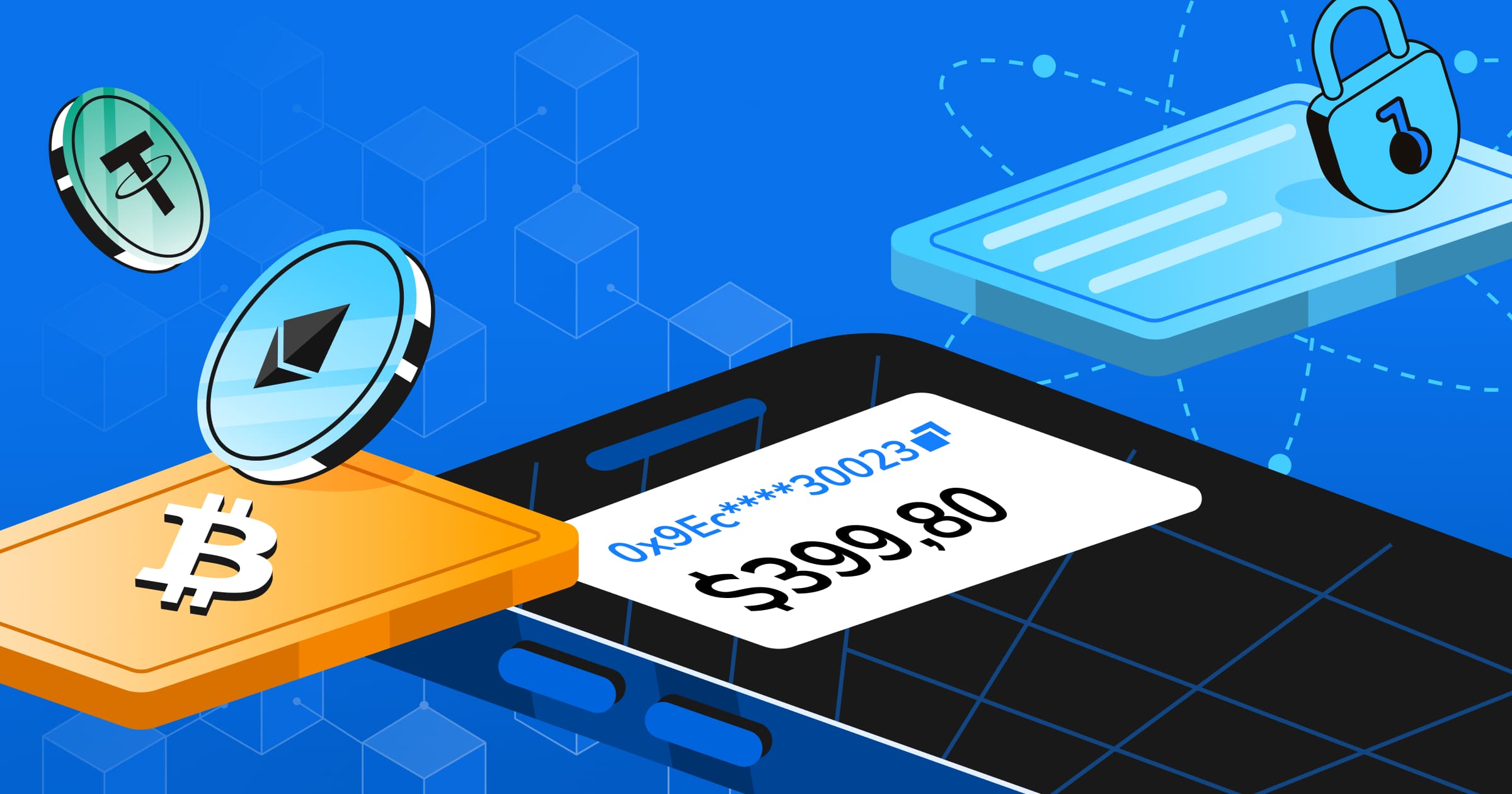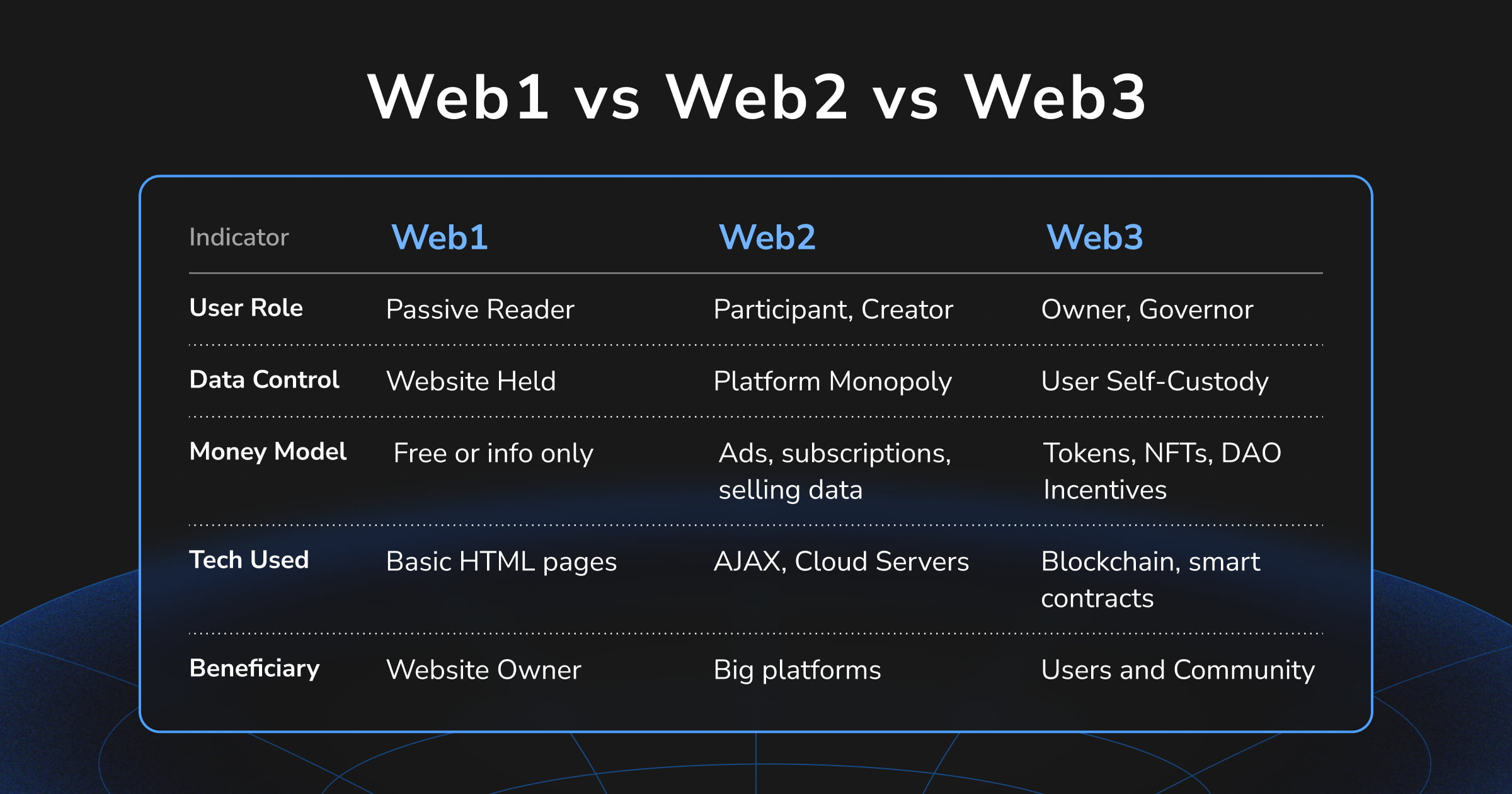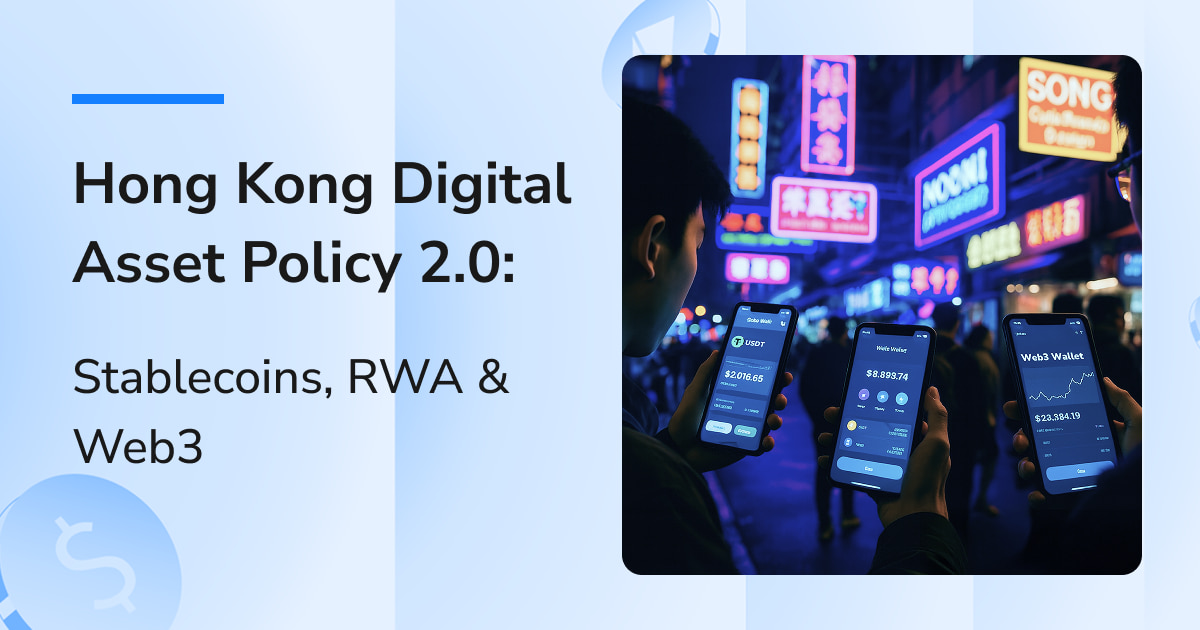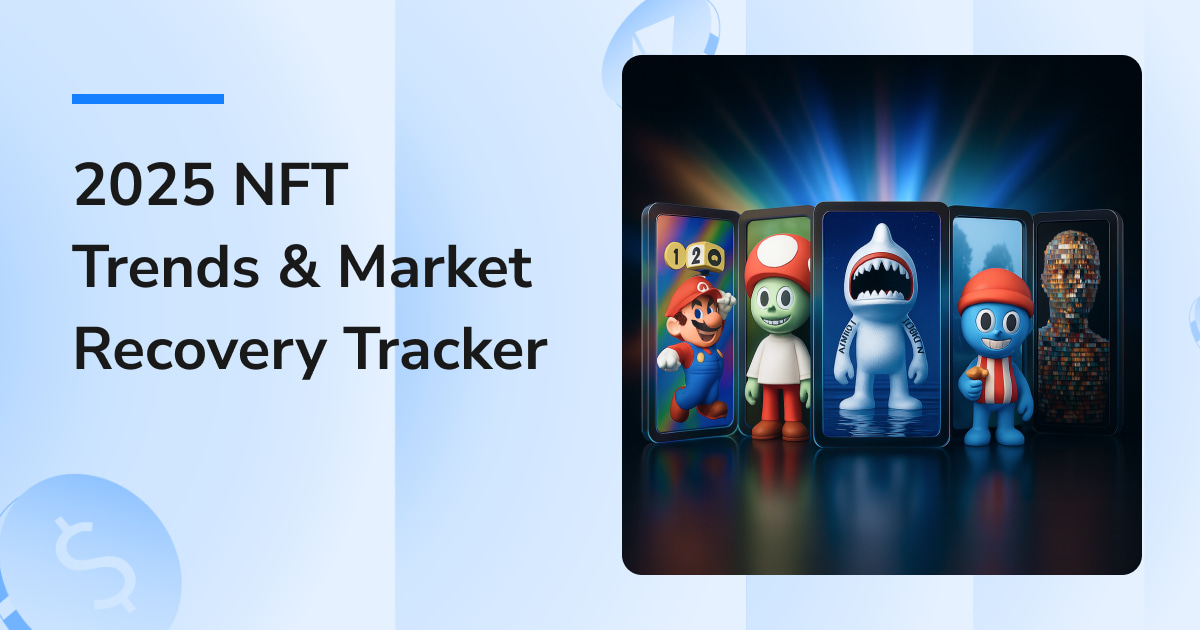What is Web3? Current Developments and Future Trends

Core Definition and Technological Foundations of Web3: Power Returns to the User
Web3, often referred to as the Decentralized Web, is the next stage in the evolution of the internet. It’s not just a technical term—it represents a fundamental shift in how we think about data ownership, application control, and value distribution.
Traditional internet models (Web1 and Web2) are dominated by centralized servers, platforms, or intermediaries. Web3 aims to give users control over their digital identity, assets, and interactions through blockchain, smart contracts, and cryptographic tools.
The three core technologies of Web3 are:
• Blockchain: A decentralized ledger that ensures data immutability and trustless transactions. Each node helps maintain data integrity, eliminating single points of control.
• Smart Contracts: Self-executing programs deployed on blockchains that automate complex transactions and logic without intermediaries.
• Crypto Wallets & Token Economy: Users manage their identity through wallets and participate in ecosystems using tokens (e.g., ETH, NFTs, governance tokens), forming new incentive structures.
Web3 doesn’t necessarily replace the current internet but coexists with and gradually transforms it—shifting users from passive consumers to active participants.
Web1: The Era of Static Content
Web1 refers to the early days of the internet, from the 1990s to around 2005. It was defined by “read-only” access.
During this phase, most websites were static pages (e.g., personal blogs, business sites) built by professionals. Users could only browse content without interacting or contributing.
Characteristics of Web1:
• Content was maintained by site owners with no interactivity.
• No concept of user accounts or digital identity.
• Websites were isolated, with no large-scale platforms or social networks.
• No data tracking or personalized advertising.
Despite its limitations, Web1 laid the groundwork for global information accessibility.
Web2: Rise of Interactive Platforms and Centralized Dominance
Web2 emerged post-2005 and introduced a “read-write” internet. The key breakthrough: users could create and interact with content.
Social platforms (like Facebook, YouTube, Twitter) and service-based giants (like Amazon, Google, Airbnb) began to dominate, relying on centralized servers, APIs, and recommendation algorithms.
Benefits of Web2:
• Vastly improved user experience and engagement.
Challenges:
• Loss of Data Sovereignty: User data is stored and monetized by platforms, with little user control.
• Unequal Value Distribution: Creators and participants generate the ecosystem’s value, yet most profits go to the platforms.
These issues paved the way for Web3, which seeks to decentralize control and share value with users.
Web1 vs Web2 vs Web3: What’s the Difference?

• Web1 made it possible to go online
• Web2 connected people and services
• Web3 gives ownership to users
Key Infrastructure Projects in the Web3 Ecosystem
1. Ethereum (ETH): The Computational Backbone of Web3
Ethereum is the most iconic Web3 blockchain. More than just a digital asset (ETH), it serves as infrastructure for deploying smart contracts and decentralized applications (DApps).
Ethereum’s Core Contributions:
• Standardized Smart Contracts: Enabling fast deployment of DeFi, GameFi, NFTs, marketplaces, and governance tools.
• Cradle of DeFi Ecosystem: Most DeFi protocols originated on Ethereum.
• Transition to PoS: In 2022, Ethereum’s “The Merge” shifted its consensus mechanism from energy-intensive Proof of Work (PoW) to eco-friendly Proof of Stake (PoS).
Ethereum is seen as the "Global Virtual Machine" for Web3 and remains the preferred platform for crypto innovation.
2. Polkadot (DOT): Champion of Cross-Chain Communication
Polkadot 致力於解決區塊鏈互通性的問題,提供不同鏈之間溝通與資料共享的能力。
Polkadot 的特色在於:
• 中繼鏈 + 平行鏈架構:中繼鏈處理安全性與治理,平行鏈則專注於各自的功能(如遊戲、DeFi、隱私等),高度彈性。
• 跨鏈能力:Polkadot 使用 XCM 通訊協議,讓多鏈間的訊息和資產可以安全流動。
• 可升級性與模組化:可熱更新、不需硬分叉,加快創新速度。
Polkadot 的出現代表 Web3 生態朝「多鏈協作」的方向前進。
Web3 Cryptocurrency Highlights
1. Bitcoin (BTC): The Origin of Decentralized Assets
Though not originally designed for Web3, Bitcoin pioneered the concept of decentralized value storage and inspired blockchain’s broader applications.
In Web3, BTC serves as the “value layer”:
• Powerful store of value—dubbed “digital gold”
• High decentralization, inspiring future blockchain designs
• Expanded payment capabilities via Lightning Network
BTC is often the most accessible entry point for traditional investors exploring Web3.
2. Ethereum (ETH): Fuel for the Web3 Economy
ETH is Ethereum’s native token and is required to pay for every transaction on the network (gas fees).
ETH’s Multifaceted Role:
• Unit for gas fees
• Core collateral in DeFi and NFTs
• Staking asset for earning rewards
ETH plays a central role across governance, finance, games, and other sectors, making it the most liquid Web3 asset.
3. Arbitrum (ARB): Scaling Ethereum with Speed and Governance
Arbitrum is one of Ethereum’s leading Layer 2 solutions, designed to increase throughput and reduce transaction costs.
ARB is Arbitrum’s native governance token, allowing holders to vote on network decisions.
Key Features:
• Fast & Low-Cost Transactions: Handles thousands of transactions per second at minimal fees—ideal for everyday users and interactive DApps like games or NFTs.
• Governance Participation: ARB holders vote on funding, upgrades, and supported applications via Arbitrum DAO.
• Thriving Ecosystem: Many DeFi, NFT, and gaming projects have migrated to Arbitrum for its scalability and cost efficiency.
ARB represents a new kind of utility token—one that blends investment with active governance in decentralized services.
Current State of the Web3 Market
While Web3 hasn’t yet reached mass adoption, it’s rapidly growing in users, infrastructure, and capital.
1. User Base Continues to Grow
According to Crypto.com, by the end of 2024 there were over 600 million crypto users worldwide, up 13% from 2023. Over 50 million are estimated to actively engage with Web3 applications like DeFi, NFTs, and DAOs—showing strong growth potential.
2. Venture Capital and Infrastructure Upgrades
Since 2020, Web3 has attracted substantial VC funding. Despite bear market corrections, core infrastructure projects like wallets, bridges, and identity systems continue to gain attention.
Post-2023, hot trends include Layer 2 scaling, zero-knowledge (ZK) proofs, and RWA (Real-World Assets), with institutions focusing on Web3’s long-term value.
3. Entry of Traditional Brands and Governments
Major companies like Nike, Starbucks, Visa, and regulators like Hong Kong’s HKMA are launching NFTs, stablecoins, or sandbox initiatives. This signals Web3’s shift from fringe to mainstream and its readiness for scalable applications.
Web3’s Future Development and Potential
1. Maturing of Zero-Knowledge (ZK) Technology
Technologies like ZK-SNARKs and ZK-Rollups are expected to solve both privacy and scalability issues—enabling users to protect their data while enjoying faster, cheaper on-chain experiences.
2. Real-World Asset Tokenization (RWA)
Tokenizing assets like real estate, bonds, and funds bridges traditional finance with Web3. By 2030, this market is projected to reach tens of trillions of dollars.
3. Decentralized Identity (DID) and Data Sovereignty
Users will gain control over their digital identities and data permissions—reshaping privacy and user experience from finance to social platforms.
4. Web3 × AI: Intelligence Meets Trustlessness
AI agents can act as autonomous on-chain participants, while blockchain ensures transparency in AI training and decisions. The combination of Web3 and AI will drive a new generation of automated and trustworthy digital services.
ZONE Wallet
ZONE Wallet is a blockchain investment gateway designed for Taiwanese users. It combines full regulatory compliance, cutting-edge security, and TWD transaction support, with a mission of making “every crypto transaction safe and secure.” Start building your crypto portfolio with ease—today.Investing in virtual assets carries risks related to price volatility and liquidity. The above content is for reference only and does not constitute any financial advice. Please carefully assess your financial situation before investing and be cautious of potential fraud.
🚀 Ready to get started? Register with ZONE Wallet today and invest with peace of mind!
[download-app]








